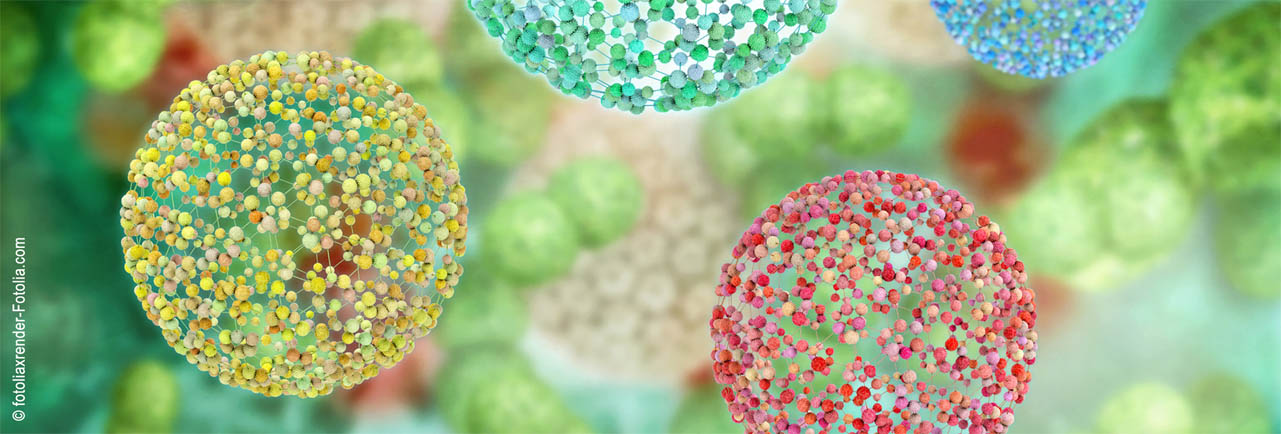Speaker
Description
In France, several hundred thousand cancers are reported every year. In particular, cancers of the upper aerodigestive tract (UADT) are among the most frequent. 7 out of 10 patients are treated with radiotherapy. However, side effects can occur, including a major complication called mandibular osteoradionecrosis. This complication is characterized by soft tissue and bone necrosis and can lead to pathological fractures often associated with a significant bacterial infection. In the case of small defects, the bones are able to regenerate, but for critical-size defects, major surgical interventions must be considered, such as autologous bone grafting. However, this type of procedure has its drawbacks and can result in high donor site morbidity [1]. In recent years, alternative solutions have emerged with the development of tissue engineering technology. Biomaterials mimicking bone behavior and promoting osteogenesis are particularly studied. From this perspective, this project investigates a new generation of synthetic bone for substitution and regenerative therapy.
Using a bricks-and-mortar approach, a bioactive glass is formed with functionalized nanoparticles as bricks, and a polymer matrix as mortar. The nanoparticles are silica based and are doped with calcium oxides, copper oxides, and additional grafted polymers, elements conferring biocompatibility, and antibacterial properties to the nanoparticles. To build the synthetic bone grafts, the nanoparticles and the polymer are dispersed into a solution of dimethyl carbonate which is then solidified by freeze-casting. This Temperature-Induced Phase Separation (TIPS) applies a temperature gradient to the solution allowing crystals of solvent to grow in one specific direction (Figure 1). The solidified medium is then lyophilized leading to a porous material, referred to as “scaffold”, offering the microporosities necessary for their colonization by biological tissues after implantation.
Figure 1. Unidirectional freeze-casting process [2]
Understanding the hierarchical structure of the scaffolds and establishing the link between the nanometric and the macroscopic organization and properties are essential. One of the analytical techniques used to assess these aspects is X-ray small-angle radiation scattering. It gives us several key information such as the state of aggregation of the probed material’s particles, their specific surface, and the local structure of the analyzed objects. The study of the aforementioned hybrid nanocomposite thus provides insight into the effects of the nanoparticle diameter, the grafted polymer chain length, and the grafting strategy on the scattering intensity profiles.
Key words: bone substitution, silica nanoparticles, scaffolds, freeze-casting, small-angle radiation scattering
References
[1] H. Qu, H. Fu, Z. Han, and Y. Sun, ‘Biomaterials for bone tissue engineering scaffolds: a review’, RSC Adv., vol. 9, no. 45, pp. 26252–26262, Aug. 2019, doi: 10.1039/C9RA05214C.
[2] K. L. Scotti and D. C. Dunand, ‘Freeze casting – A review of processing, microstructure and properties via the open data repository, FreezeCasting.net’, Prog. Mater. Sci., vol. 94, pp. 243–305, May 2018, doi: 10.


